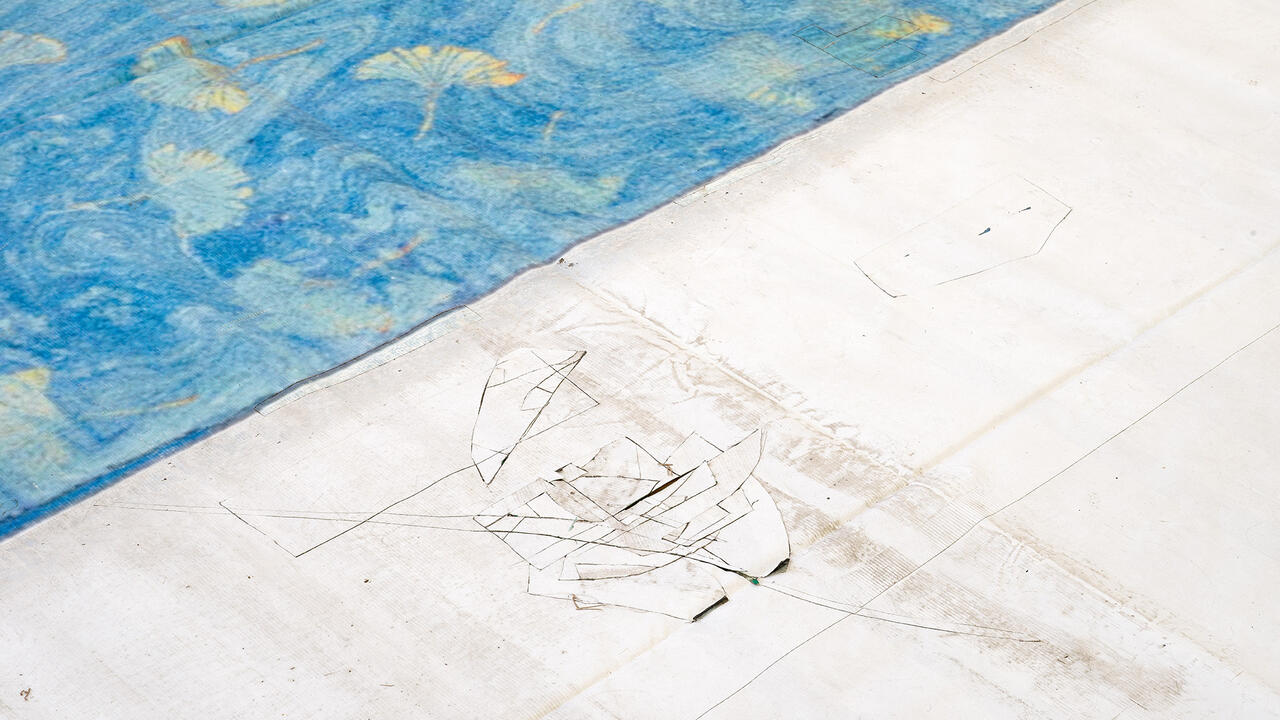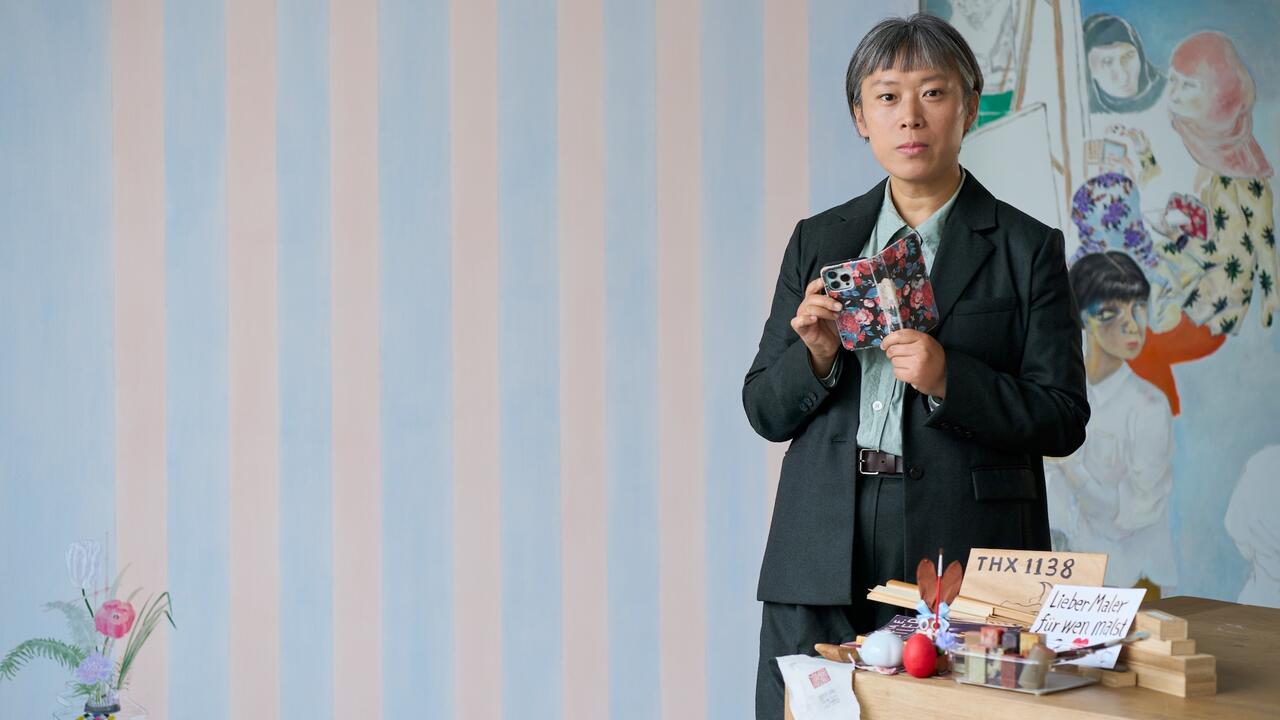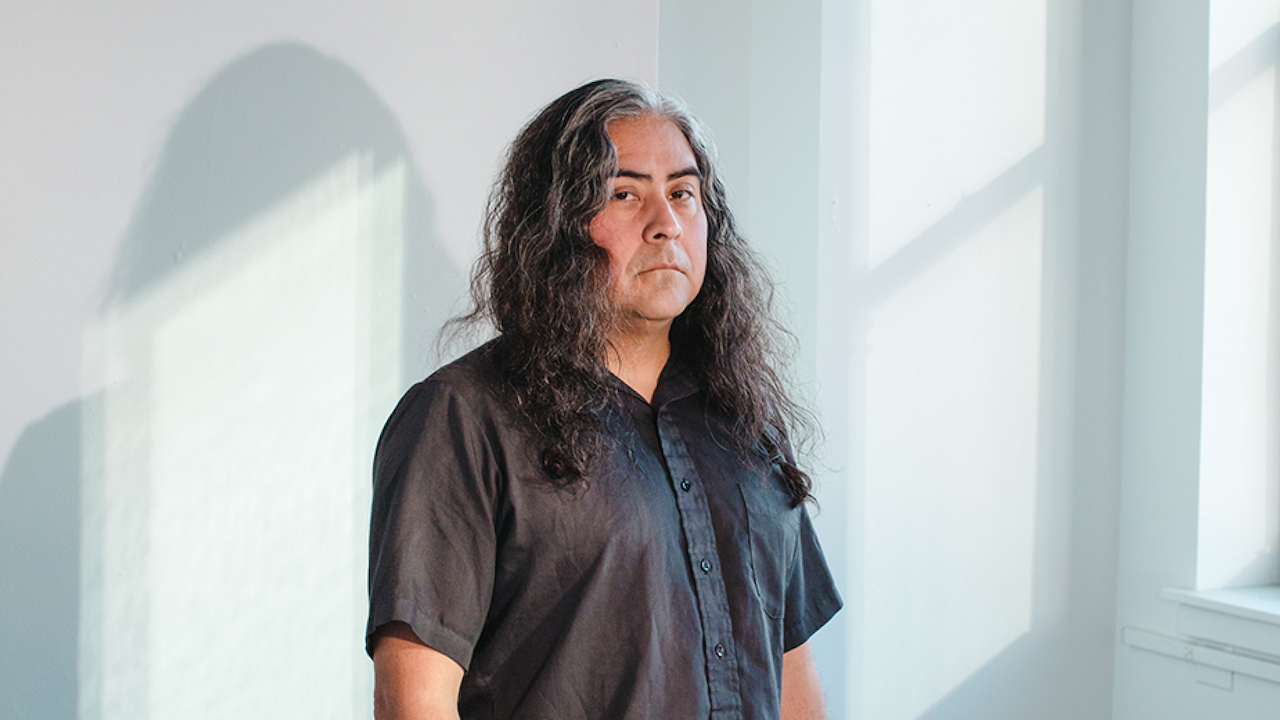Artist Aaron Angell Launches a New Range of Gardenware
As UK ceramics courses dwindle, Troy Town Art Pottery is providing paid weekend employment for a group of young trainees
As UK ceramics courses dwindle, Troy Town Art Pottery is providing paid weekend employment for a group of young trainees

Hoxton Street, in east London, runs north from the bars and boutiques of hipsterish Shoreditch to the canal-side new-builds of recently gentrified Haggerston. It’s a thoroughfare close to my heart as the location of the Jobcentre where I briefly collected unemployment benefits after university. It’s also where I ate my first (and last) ever serving of jellied eels at F. Cooke, est. 1862, which was doing a brisk trade as I walked past one recent lunchtime.
Despite Hoxton’s status as a posterchild for the East End’s gentrification over the past two decades, the street has remained remarkably resistant to the incursions of the flat white and the sourdough loaf. There are no vegan sausage rolls to be found in Ingles, the local bakery, where neighbourhood pensioners still bemoan the chain’s recent rebrand.
Around the corner, however, Troy Town Art Pottery is producing goods of a distinctly small-batch, locally aware, artisanal kind. Hoxton Gardenware – the brainchild of artist Aaron Angell and Hadrian Garrard, director of the London-based charity Create – is a range of outdoor terracotta pots designed by Angell and produced by a group of trainees (aged 18 to 23), under the tutelage of studio ceramicist Ned Davies. Angell is a sculptor who, for much of the past decade, has been working in ceramics as his primary medium; Create, founded by Garrard in 2009, develops projects that use art to benefit local communities in long-term, meaningful ways. Troy Town was set up in 2014 in partnership with the non-fee-paying, alternative art school Open School East, also supported by Create, in nearby Dalston. In addition to serving as Angell’s studio, the pottery was intended as a facility for artists to experiment with clay, providing space, materials and technical support through a programme of short residencies. When Open School East relocated to Margate in 2016, Troy Town and Create began to search for a new space.
‘I was basically looking for a landlord who was going to say: “Gas kiln? Yes, sure,”’ Angell explains, unloading a batch of carefully stacked terracotta pots, still warm, from the brick construction. One of the few gas kilns in London, it sits, surrounded by human-height orange gas canisters, amidst greenhouses filled with cuttings and young plants in the walled nursery of a community garden run by The Hoxton Trust, a legal-aid charity specializing in immigration issues. It is a rare, dazzlingly clear winter morning; inside one of the sheds, a radio hums. The pottery itself – a former potting shed – is compact, with whitewashed walls, tall wooden benches and two throwing wheels at one end. One side of the room is lined with Angell’s extensive collection of pottery books and an array of tools; on the other, drying racks flank an aquarium housing the pottery’s two resident axolotls, Mill Pond and Princess – gilled lizards that look like the ancient evolutionary link between aqueous and terrestrial life.
Angell is unromantic about the development of the Troy Town project. ‘It’s really simple, in a way: you build a facility and things come to it.’ He had been researching medieval gardenware in the archives of the Royal Horticultural Society; it was Garrard who suggested training young people to make plant pots to sell. Part of Create’s long-term mission is to offer routes into the arts and creative industries for people from all backgrounds. Hoxton Gardenware aims to provide weekend employment for a small group of trainee potters (currently six) at the London Living Wage of GB£10.75/hour.
Angell has designed the range using detailing drawn from his extensive historical research, including archaeological evidence from the Hoxton area, which was the city’s nursery district in the 17th and 18th centuries. There are prunts, sprigs, combed pellets and other intriguingly named decorative elements from medieval green-glazed and coarse ware. The scallop shell that adorns one planter is inspired by the lead coffin of a Roman woman dug up in nearby Spitalfields in 1999. The pots are handsome; they’re also inexpensive. Garrard reckons that they will have to sell some 50 pots a week to cover the costs of the project, with profits being reinvested in the running of the pottery. The range will be sold directly from the studio on Saturday mornings, coinciding with the local street market, and through their online shop. It will also be stocked by a handful of other London retailers, such as the Barbican Shop. The pottery is currently working on a number of larger-scale commissions, including a partnership with The Charterhouse, an almshouse on the site of a 14th-century Carthusian monastery whose beautiful gardens are tucked away behind Smithfield meat market.
Since the 1990s, the number of undergraduate ceramics courses in the UK has dwindled, from more than 30 to fewer than ten. ‘The biggest tragedy of the UK losing most of its ceramics courses,’ Angell explains, ‘is that it’s one of the few arts degrees that you can leave and, within a year, be making a living. Especially at the minute: Instagram is full of people who’ve made six bad bowls and think they are ceramicists. Imagine what you could do if you were actually trained.’
This article first appeared in frieze issue 210 with the headline ‘Making Good’.





















